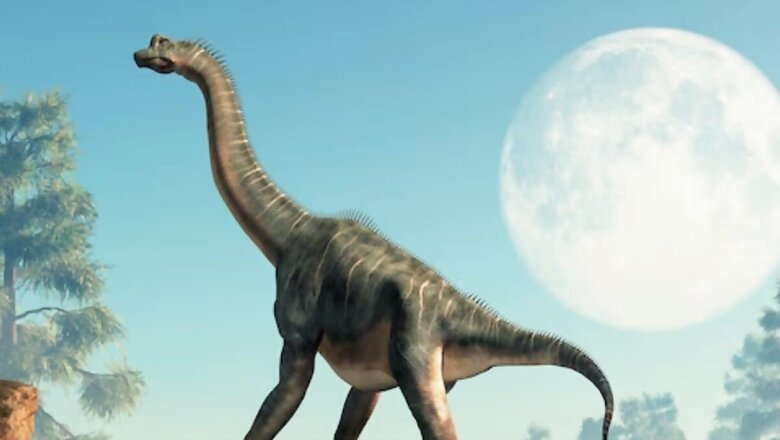
views
Chinese researchers have published a paper claiming to have found a prehistoric tapeworm, partially intact, in a 100-million-year-old amber sample. The Kachin amber, dating to the mid-Cretaceous period, was discovered in Myanmar. According to scientists from the Nanjing Institute of Geology and Paleontology of the Chinese Academy of Sciences, the discovery of a tapeworm from this era is extremely rare, and it could contain the DNA traces of its prehistoric host. Tapeworms can vary in length from less than a millimetre to more than 30 metres. They can infect humans and livestock, and live in almost all environments.
The discovery is indeed fascinating, reminiscent of the beginnings of the science fiction film Jurassic Park – in which scientists used prehistoric mosquito remains to extract the DNA of extinct creatures from a time when dinosaurs ruled the earth. According to Luo Cihang, the study’s lead author, the current find is the most convincing body fossil of a platyhelminth ever found.
As per research, the tapeworm could have become lodged in the gut of a host from the Early Cretaceous period. The Cretaceous period is usually referred to as the last part of the “age of dinosaurs.” This could mean that the tapeworm carries DNA samples from various dinosaurs, including the large, carnivorous Deinonychus, the horned Carnotaurus, or a massive Carcharodontosaurus whose skull was larger than that of a Tyrannosaurus rex.
The study highlights that the amber was deposited on the coast, suggesting that its host could have been a marine dinosaur. One theory is that the host might have been caught on land and died, causing the tapeworm to break free from the host’s intestines and migrate out of the body into sticky amber. Another theory is that the marine animal that housed the tapeworm might have been eaten by a land-dwelling dinosaur. If its host was eaten, the tapeworm could find its way out and become stuck in the amber.
















Comments
0 comment